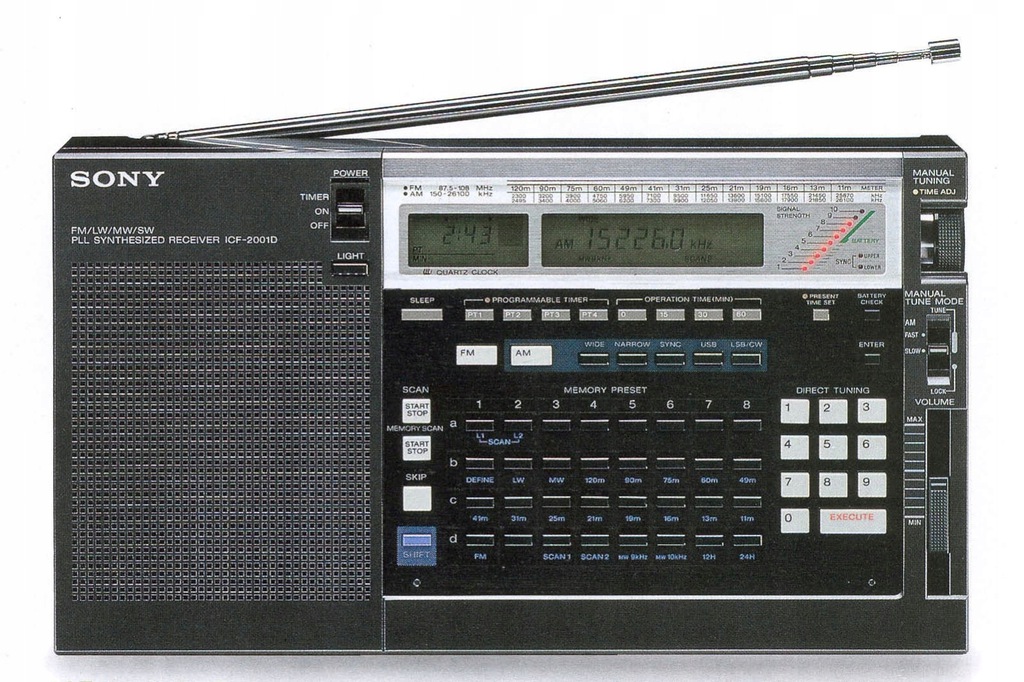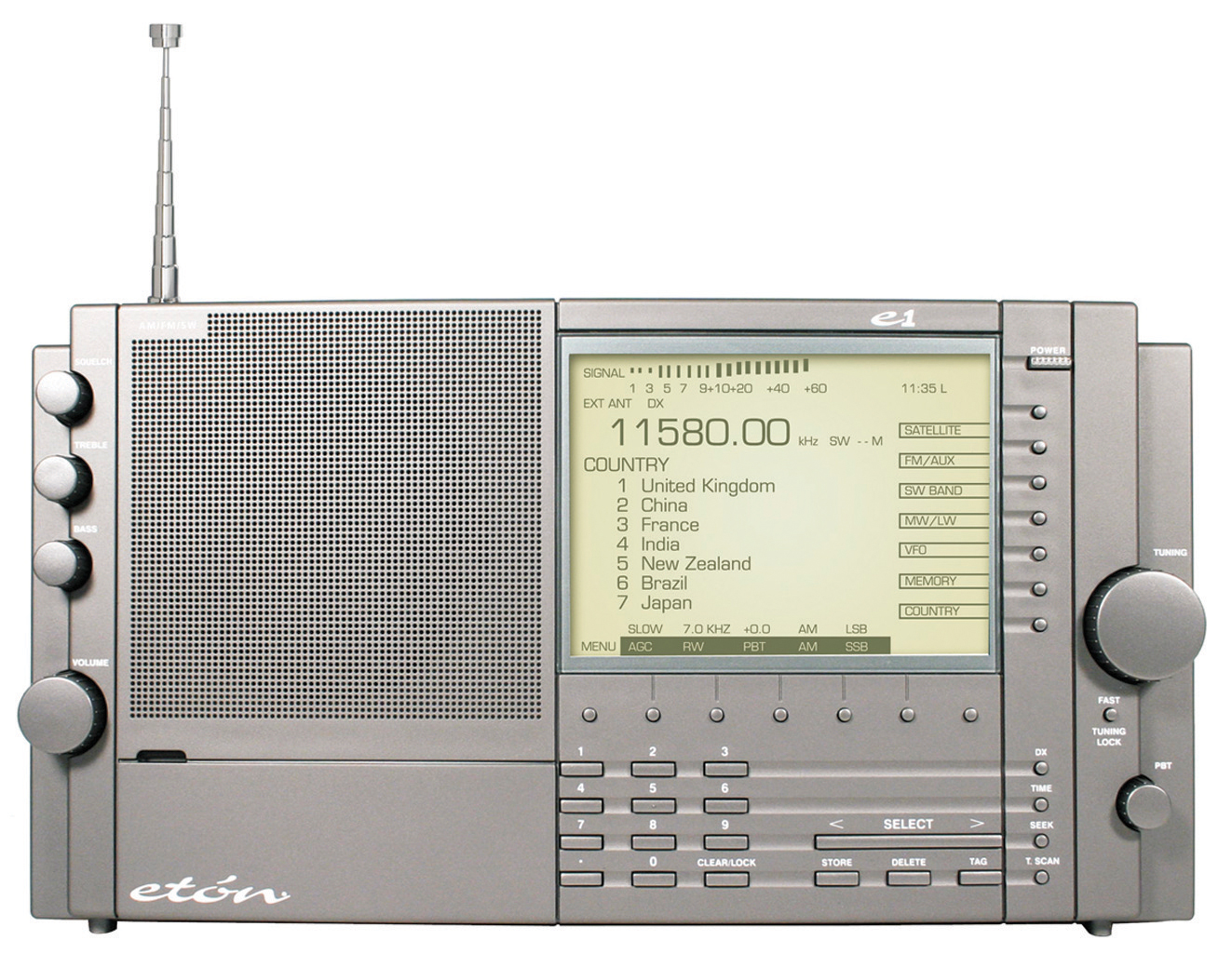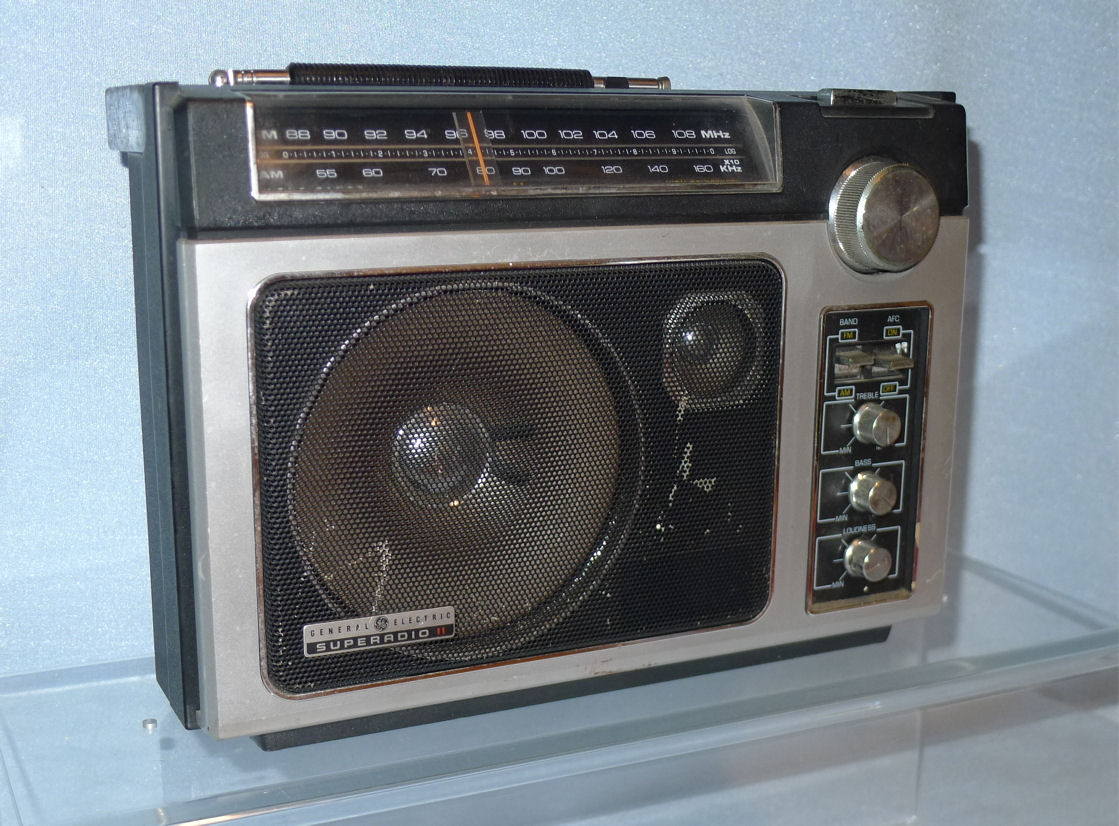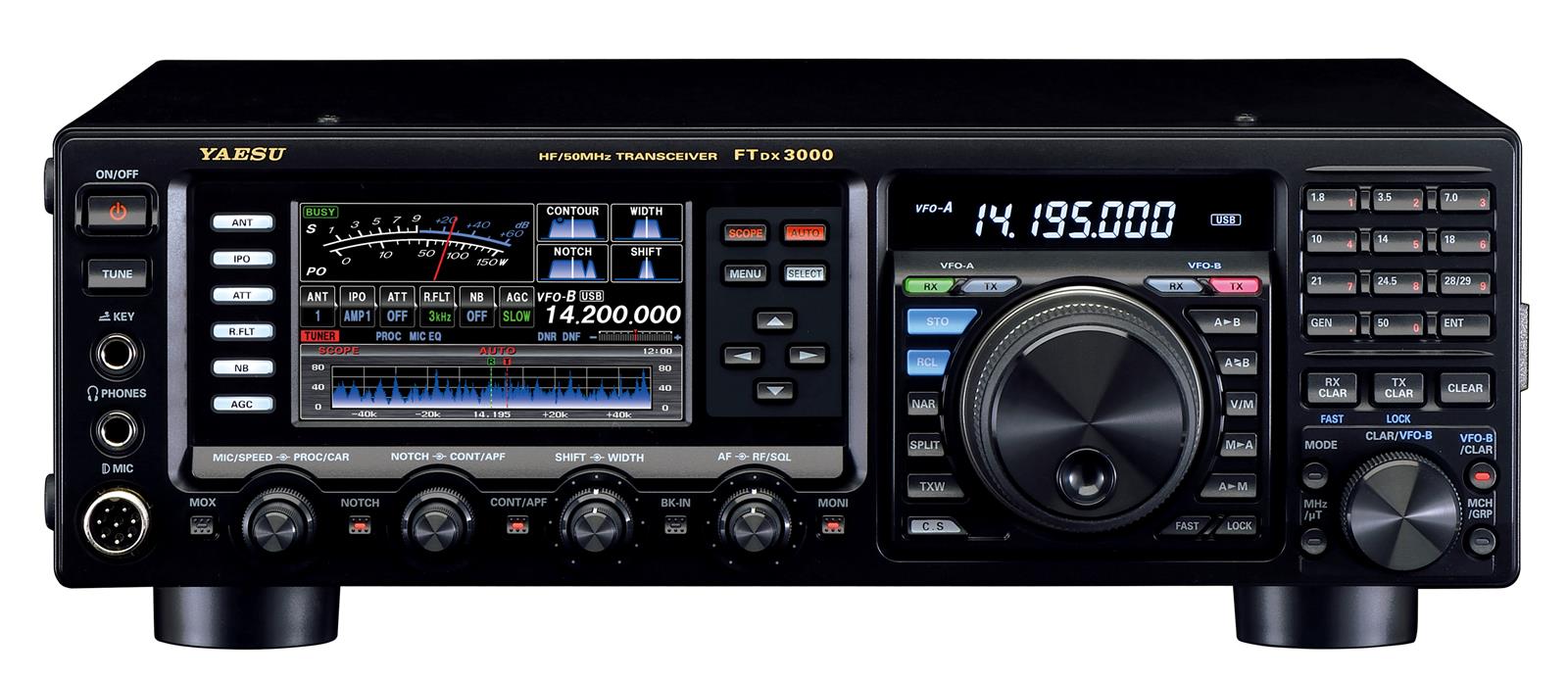I know this is early, but I was just reading Lake Wobegon Day by Garrison Keillor about him as a child going through the Montgomery Ward's Christmas Wish Catalog. I used to do that, but preferred the Sears Christmas Catalog. It was thicker, had more toys, and not so much girls stuff. When it arrived we'd fight over it, then spend many a fine hour on the living room floor paging through it, imagining what it would be like to have each toy, knowing that we'd get none of them. We'd get something, but never what we'd wanted.
That was probably for the best, because one birthday I did get to choose my own present. It didn't occur to me until just now that my parents had forgotten my tenth birthday and that night (no party, just an unfrosted cake from a mix) dad took me to Woolworth's to find something for myself. He tried to talk me into a radio, but I wanted a car track set with a stopwatch. It was the stopwatch that I wanted, fine machinery, delicately balanced for accuracy. The stopwatch was busted before the night was out. And the cards were finicky. I should have gone for the radio, given my propensity for radio today. I, of course, blamed myself for my poor choice, compounding the evils of the day. My parents were driven to make clear how poor my decisions were, to the point I stopped making decisions.
I did get a radio later, and still have it. It was a Radio Shack Realistic Weatheradio-5 5-Band shortwave radio. It tuned AM, three shortwave bands, and the aircraft band. I tried to listen to airplanes, but the radio front-end amplifier wasn't very good and I caught snippets of the conversation. What that radio did most was tune to KSL-1160 AM for the CBS Radio Mystery Theater each weekday night. I'd sit on the front porch or someplace the reception was okay and try to follow the plot, but sometimes I couldn't. I enjoyed listening, anyway. Still do. It had a fine-tuning knob that didn't work so well. And a button on top that would tune the NOAA weather radio station locally; a small knob on the back was where you tuned it. Good for telling you what's happening outside your window. Sometimes it predicted weather accurately, but the heavily synthesized voice was always difficult to understand. "Twenty-five depease later in the day." It taught me how to better choose radios.

Realistic 5-Band Weatheradio, but marked as "Astronaut-5." The band selection is a little different.
I remain a big fan of radio, as does Garrison Keillor. He started in radio in college, stayed in it his whole life.
My next proper radio was the Sony IFC-2001D. A great radio! AM, FM, tuning was almost DC-to-daylight (really it was 400 KHz to 30 MHz, plus the aircraft band. Digital 1 KHz tuning. Not very good for sideband reception, but it did have that feature. Thirty-two station preset buttons! I loved that feature. I listened to a lot on this radio. NPR-FM in the morning, shortwave old-time-radio stations at night, then there was an AM station at 1400 locally that had two hours of good OTR at 10 am, and I'd be in bed just to listen to that. The local OTR station was much better than the shortwave, because I'd always fall asleep during the shows. When the shortwave station went off the air at midnight, sometime later in the early morning another station would come on the air, and the interval signal would play to help listeners tune in. This interval signal sounded like a French girls-school choir singing some folk song with a very annoying tune. Always woke me up it was so annoying. I'd sleep right through static and static crashes from distant thunder, but that awful tune always woke me up. After that I learned to use the timer built into the radio to turn everything off. That was an improvement.

My next good radio was great but lousy in one regard. The Eton E1. Also known as the Grundig Satellite 900. Fantastic tuner, wonderful display, lots of options, even has a plugin for an external XM sattelite radio, which I had. I loved that radio at first. Not as convenient as the Sony for the single-pushbutton tuning, but lots more memories and a display of what you selected. The bad thing was the case. It was coated with some silicone rubber that began to weep a sticky thick fluid, and made the radio untouchable. As great as it was, I threw it away a couple years ago. I tried coating it in talc, but it never really worked. No solvent I found would cut the stickiness. Such a shame.

One radio I got and still have, is the GE Superadio II. Nothing great about it, better-than-average tuning and receiver electronics. It's my garage radio, and the one we take when we go to the drive-in theater. It's reputation was better than the radio was. Good ol' AM and FM analog tuning. And loud.

My current best-of radio is by far the most expensive, but it's wonderful. It's a ham radio transeiver, so it transmits on the ham radio bands, too. It's the Yeasu FTDX3000. One of the best radios you can buy.

Then one Christmas I opened a long red package and found a chemistry set, exactly what I wanted, and sat and stared at it, afraid to look inside. For mother to buy me one, given her feelings, was more than adventurous, it was sheer recklessness on her part, like a gift of Pall Malls and a bottle of whiskey. The year before I tried to aim her at the Wards deluxe woodburning kit, pointing out that I could earn money by making handsome Scripture plaques, but she said it was too dangerous. "You'll burn the house down with it," she said. So a year later, to get a chemistry set, complete with Bunsen burner, fuel, a little jar marked "Sulphur," and who knew what else, I didn't dare show how happy I was. "Thank you," I said, humbly, and put it aside and tried to look interested in what other people were getting, afraid that if I got too excited about chemistry, she'd want to have a closer look at it.
After a little elaborate politeness, thanking her for the nice socks and wonderful underwear, admiring my sister's dollhouse, I slipped away to the basement and set up my laboratory on a card table next to the laundry tubs. The instruction book told how to make soap and other useful things I didn't need, and omitted things I was interested in, like gunpowder and aphrodisiacs, so I was on my own. I poured some liquid into a peanut butter jar and dumped some white powder in it--it bubbled. I poured a little bit on the table as an experiment and it hissed and ate a hole in the leather, which made me think, if it had spilled on me it would have eaten my hands off down to the wrists. Would it eat the jar? Would it eat the drain pipe? Had the makers of Junior Scientists included chemicals so deadly they might destroy a house? Upstairs everybody was enjoying Parcheesi, unaware of the danger. I got out a tube of thin metal strips that I thought must be solder, and lit a match to melt some onto a plastic cowboy to give him a coat of armor, but instead the strip burst into fierce white flame as bright as the sun--I dropped in on the floor and stomped it to bits. My cowboy's face was gone, his head a blackened blob drooped down on his chest--what I would look like if I kept fooling around. I packed away the chemistry set ands stuck it on a shelf behind the pickled beets. Eight dollars wasted. Little Benny sold matches on the streets of London in bitter weather to buy medicine for his sick father, but I was a boy who played with fire and came close to killing everybody. Poor me, too. My big present was a big joke. What was my mother thinking of?
I went upstairs and moped around in the doorway so they could see me, but they were too busy having a good time. I went up to my room to mope around up there, maybe someone would come and find me and ask what was wrong, but time passed and nobody did. Mother called up the stairs to ask if I was hungry, but when I yelled that I wasn't she didn't come to find out why.
Garrison Keillor, Lake Wobegon Days, 1985, Penguin Press.